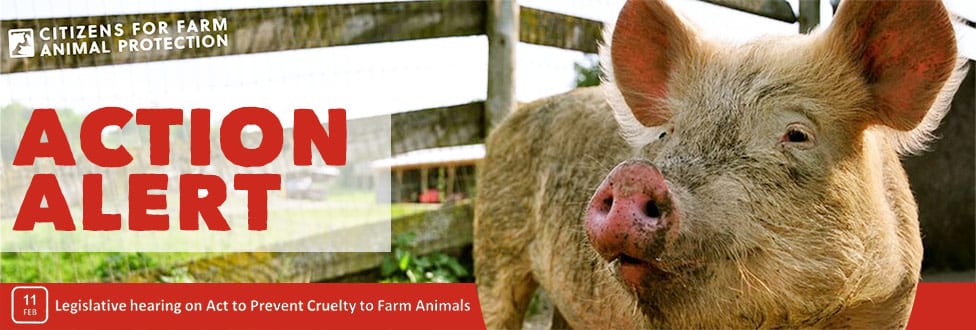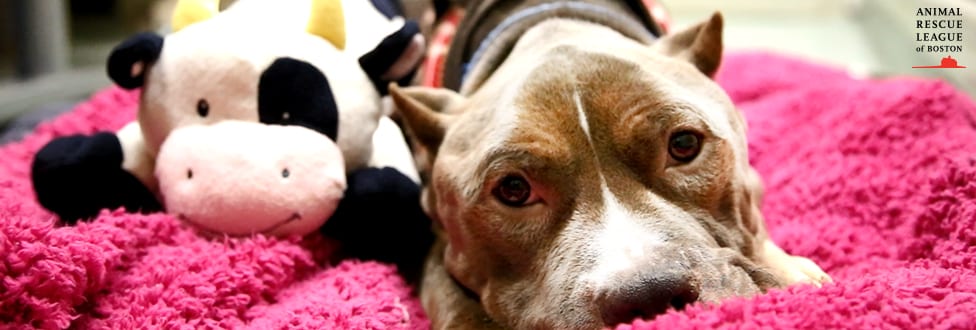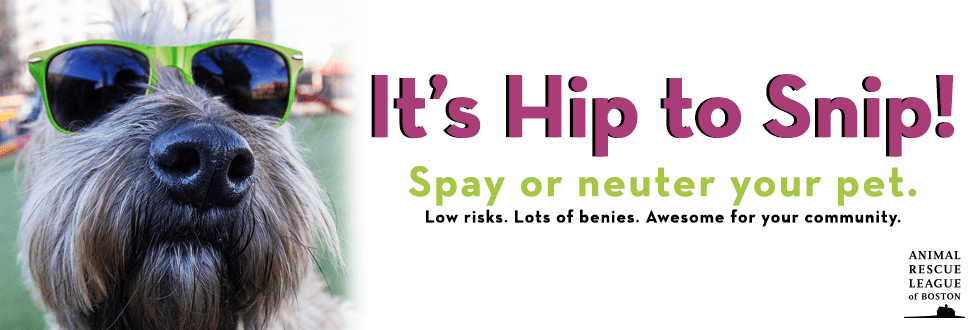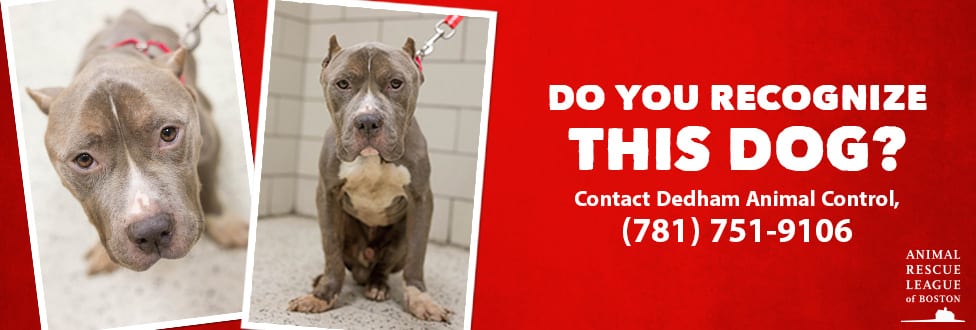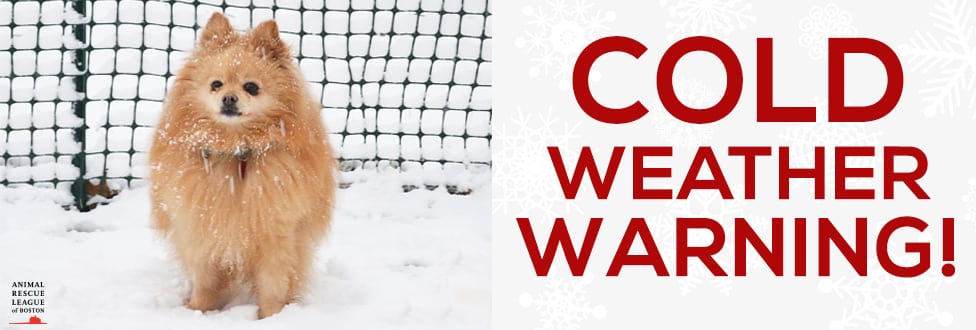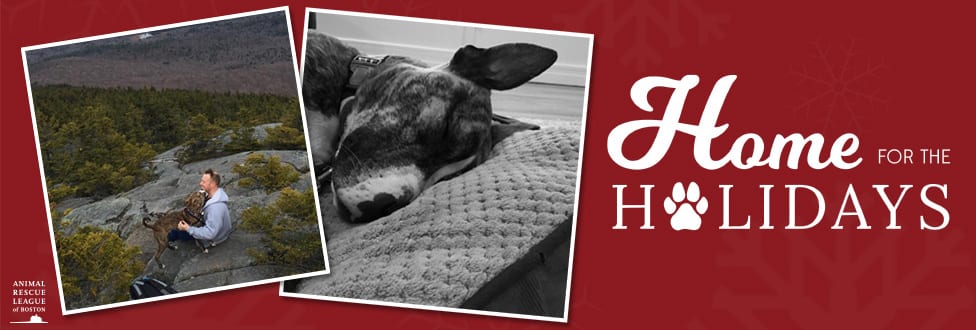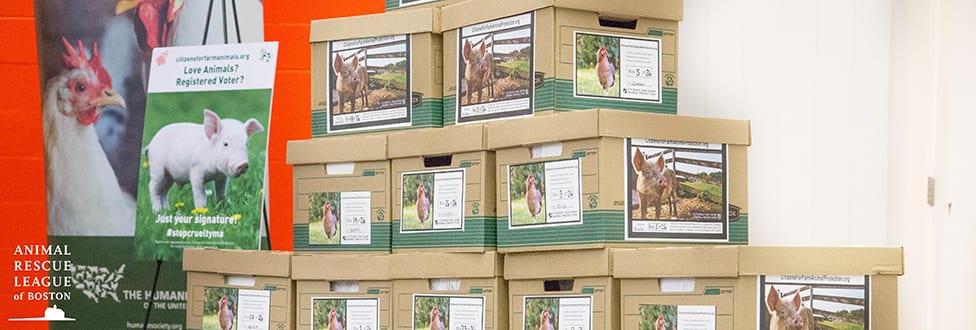Take Action for Farm Animals on February 11
Join The Citizens for Farm Animal Protection at farm ballot hearing
This fall, the Animal Rescue League of Boston (ARL) helped gather over 133,000 signatures (more than double of what was required!) as part of the effort to secure a November 2016 ballot measure to end the extreme confinement of farm animals in Massachusetts.

This Fall, The Citizens for Farm Animal Protection successfully collected over 133,000 signatures as the first step in securing a November 2016 ballot measure that would put an end to the extreme confinement of farm animals in Massachusetts.
The ballot measure would require that farm animals in Massachusetts — specifically egg-laying hens, breeding pigs, and veal calves — have enough room to turn around, lay down, and stretch their limbs. It would also ensure that shell eggs, and whole, uncooked cuts of pork and veal sold in the Commonwealth are compliant with these modest standards.
With the first major hurdle cleared, the initiative now goes before Massachusetts State legislature as House Bill 3930 and is scheduled for a hearing one week from today…..
Hearing on an Act to Prevent Cruelty to Farm Animals
Thursday, February 11, 2016, 1 pm
Massachusetts State House in Room A-2
24 Beacon St.
Boston, MA 01233

The most commonly used battery cages hold 5-10 birds per cage. Hens kept in these cages are unable to even spread a wing.
During the hearing, industry experts and members of The Citizen’s for Farm Animal Protection Coalition will testify in front of the Joint Committee on Environment, Natural Resources and Agriculture, and encourage state officials to work on legislation to make the reforms proposed in the ballot initiative law.
If the legislature decides NOT to take up the bill by early May, the next step is to gather a second round of signatures from Massachusetts voters to qualify for the November 2016 ballot.
TAKE ACTION NOW…
- Show your support for farm animals and attend the public legislative hearing on February 11 at the State House
- Share the hearing’s Facebook event with your family, friends, and social media network – visit http://bit.ly/PreventCrueltyHearing
- Contact legislators on the committee and urge them to take up action on the bill.

